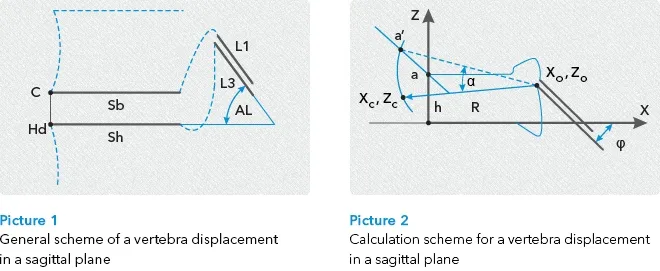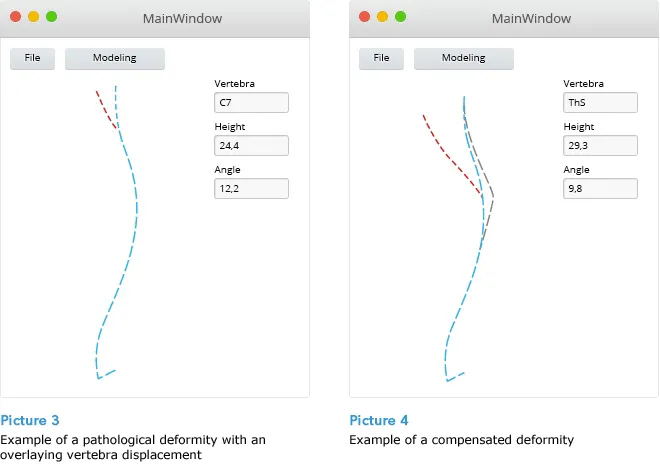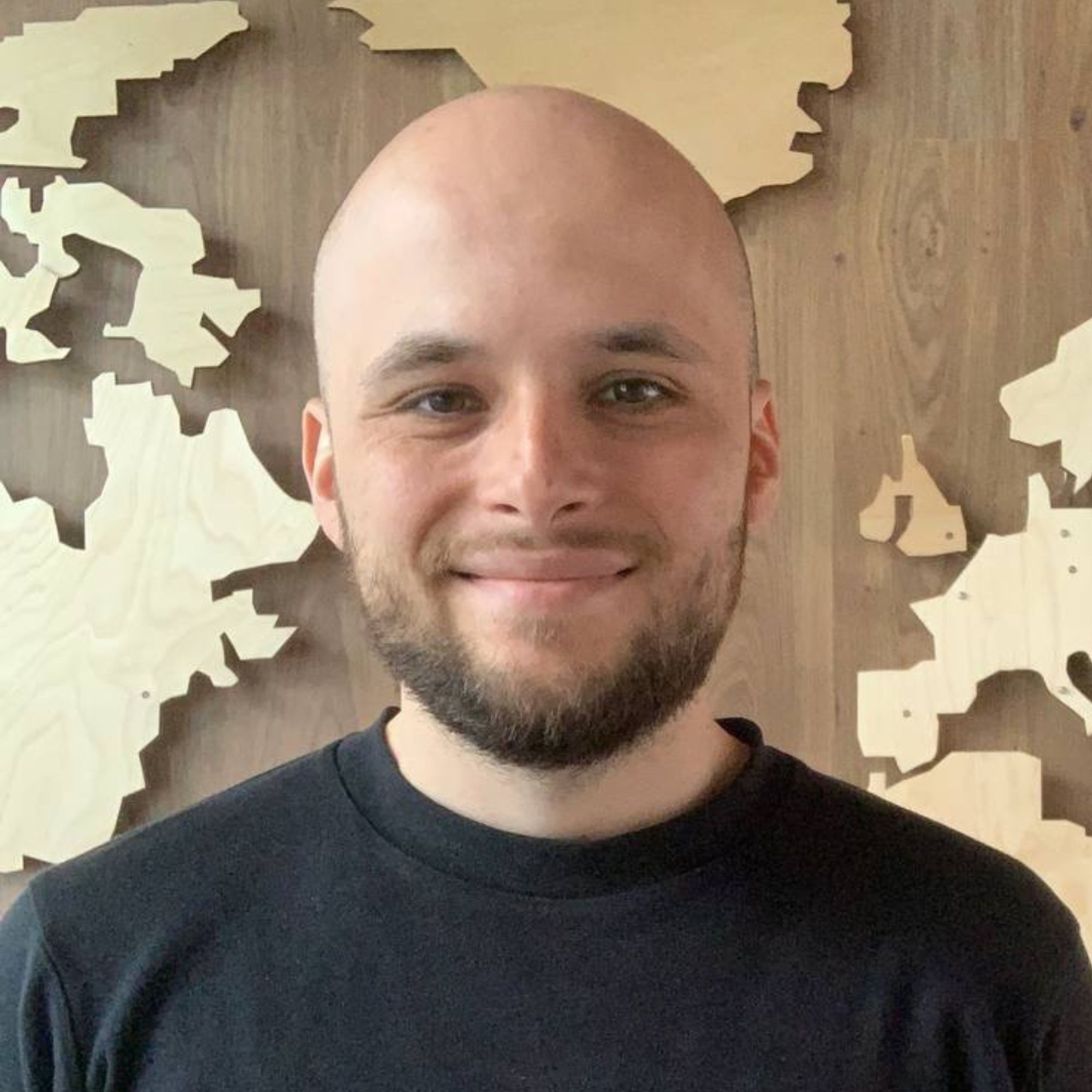
Medical Apps and Software: a Technology-driven Approach to Healthcare

Modern technologies have infiltrated many aspects of our lives, and the sphere of medicine and health is no exception. "Mobile health" is considered to be one of the most promising platforms for new businesses. Today we have various apps and programs that allow tracking and storing important data, monitoring chronic diseases or special conditions, managing medication and appointments.
Mobile apps that will help you live a healthier life
Building such apps may seem uneasy and time-consuming, but making anything worthwhile takes time and a healthy effort, right? At the end of the day, the core purpose of technical progress is creating something that is both useful and innovative. We do not claim to be the world's leading experts in the field, but we know a thing or two about executing smart ideas accordingly.
Spine Modelling Software
The spine plays a significant role in the human body: among other things, it provides full body support and protection of the spinal cord and internal organs. Many medical specialists dedicate their work to discovering new and effective ways of fixing even the most severe spinal deformities. And technical solutions can help them advance in their research. One of our developers designed a system that allows predicting compensatory reactions in a human spine caused by various mechanical pathologies. This system is based on the theory “Creation of clinic biomechanical analysis of a spine conditions for various pathologies” by A. V. Gladkov and complex mathematical calculations.
As known, the human spine is formed by 24 articulating and 9 fused vertebrae. Schemes below demonstrate the way the vertebra moves during flexing and extension. At first, sliding along an articular surface forces it to move from position a to a’. Then it rotates along the circle with the radius R and gets to the point with coordinates Xc, Zc:
Below you can find an example of a mechanical deformity with an overlying vertebrae displacement and an example of a compensated problem. Thus, the software helps to visualise changes, analyse the process and develop more precise treatment.
Conclusion
As an IT company, we strongly believe that technology must be used to its maximum potential. Industry giants, such as Google and Apple, provide developers with special tools, like HealthKit or Google Fit SDK, to let them get more out of devices and implement new features. Many things that seemed unrealistic just a couple of years ago look trivial today. With technologies evolving and new gadgets appearing every day, who knows what the future holds?







